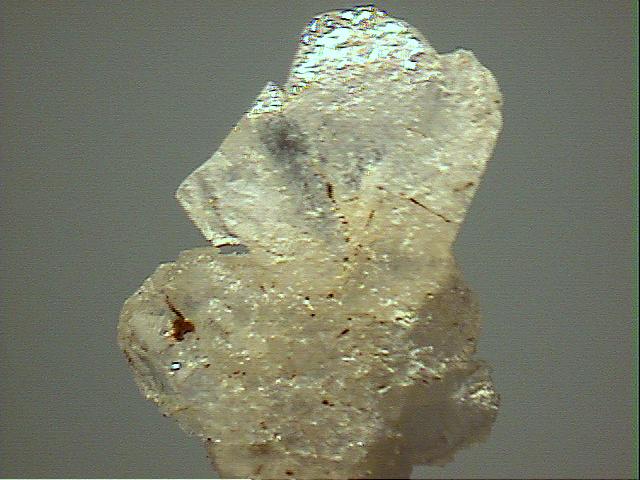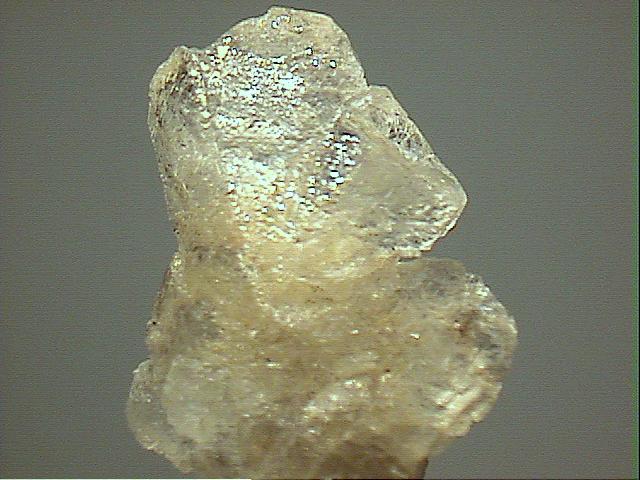 THE
MINERAL BERYLLONITE
THE
MINERAL BERYLLONITE
- Chemistry: NaBePO4, Sodium Beryllium Phosphate.
- Class: Phosphates
- Uses: As a collector's gemstone and as mineral specimens.
Specimens
Beryllonite is a rare beryllium mineral. It is found at only a few places around the world. It can be cut as gems, but lacks the color, fire, and hardness necessary to be a popular gemstone.
The first and some of the best specimens of beryllonite have come from McKean Mt., Stoneham, Maine. It forms from pegmatitic dikes and can be easily confused with more common pegmatite minerals.
PHYSICAL CHARACTERISTICS:
- Color is colorless, white to pale yellow.
- Luster is vitreous.
- Transparency: Specimens are transparent to translucent (especially when frosted).
- Crystal System is monoclinic; 2/m
- Crystal Habits include tabular to equant crystals as well as rosettes and masses.
- Cleavage is good in one direction (basal), fair in several other directions.
- Fracture is conchoidal.
- Hardness is from 5.5 - 6
- Specific Gravity is approximately 2.8 (average for translucent minerals)
- Streak is white.
- Associated Minerals include quartz especially rose quartz, feldspars especially a variety of albite called cleavelandite, elbaite, beryl and columbite.
- Notable Occurrences are limited to McKean Mt., Stoneham and Newry, Maine, USA; the Sapucaia pegmatite, Minas Gerais, Brazil and Paprok, Nuristan, Afghanistan.
- Best Field Indicators are crystal habit, color, hardness and locality.



